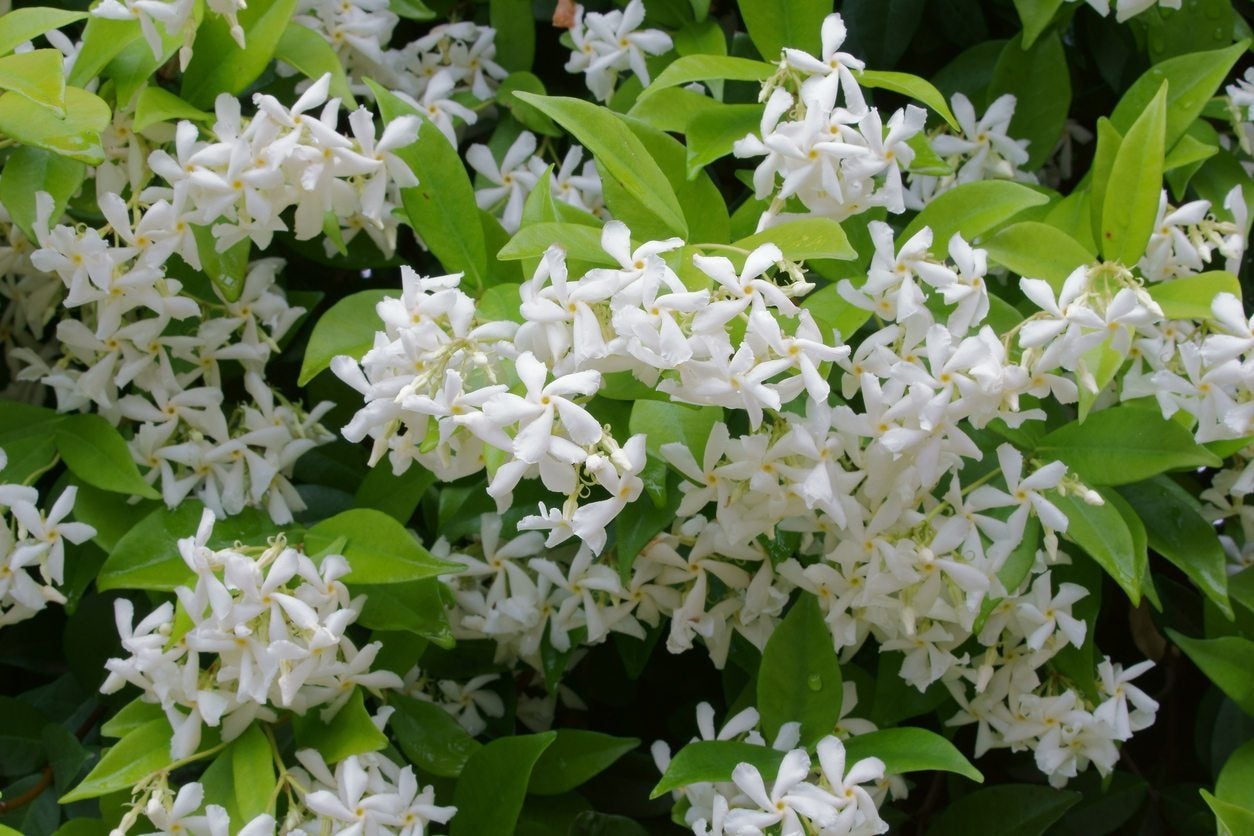Common Zone 9 Shade Vines – Growing Shade Tolerant Vines In Zone 9


The zone 9 region, which stretches through mid-Florida, southern Texas, Louisiana, and parts of Arizona and California is hot with very mild winters. If you live here this means you have a great variety of plants to choose from and choosing zone 9 vines for shade can provide an attractive and useful element for your garden.
Shade Loving Vines for Zone 9
Zone 9 residents are blessed with the climate that supports a variety of great plants, but it can get hot too. A shade vine, growing over a trellis or balcony, can be a great way to create a cooler oasis in your hot garden. There are a lot of vines to choose from, but here are some of the more common zone 9 shade vines:
- English ivy– This classic green vine is more often associated with colder climates, but it is actually rated to survive in areas as warm as zone 9. English ivy produces pretty, dark green leaves and is evergreen, so you get year-round shade from it. This is also a vine that tolerates partial shade.
- Kentucky wisteria– This vine produces some of the most beautiful of climbing flowers, with grape-like clusters of hanging purple blooms. Similar to the American variety, Kentucky wisteria grows well in zone 9. It will tolerate shade but will not produce as many flowers.
- Virginia creeper– This vine grows quickly and easily in most locations and will climb up to 50 feet (15 m.) and more. This is a great choice if you have a lot of space to cover. Virginia creeper can grow in sun or shade. As a bonus, the berries it produces will attract birds.
- Creeping fig– Creeping fig is a shade-tolerant evergreen vine that produces small, thick leaves. It grows very quickly so it can fill a space, up to 25 or 30 feet (8-9 m.), in a short amount of time.
- Confederate jasmine– This vine also tolerates shade and produces pretty white flowers. Confederate jasmine is a good choice if you want to enjoy fragrant flowers as well as a shady space.
Growing Shade Tolerant Vines
Most zone 9 shade vines are easy to grow and require little maintenance. Plant in a spot with sun or partial shade and make sure you have something sturdy for it to climb. This can be a trellis, fence, or with some vines like English ivy, a wall. Water the vine until it is well established and fertilize it just a couple of times in the first year. Most vines grow vigorously, so feel free to trim as needed to keep your vines under control.
Gardening tips, videos, info and more delivered right to your inbox!
Sign up for the Gardening Know How newsletter today and receive a free copy of our e-book "How to Grow Delicious Tomatoes".

Mary Ellen Ellis has been gardening for over 20 years. With degrees in Chemistry and Biology, Mary Ellen's specialties are flowers, native plants, and herbs.